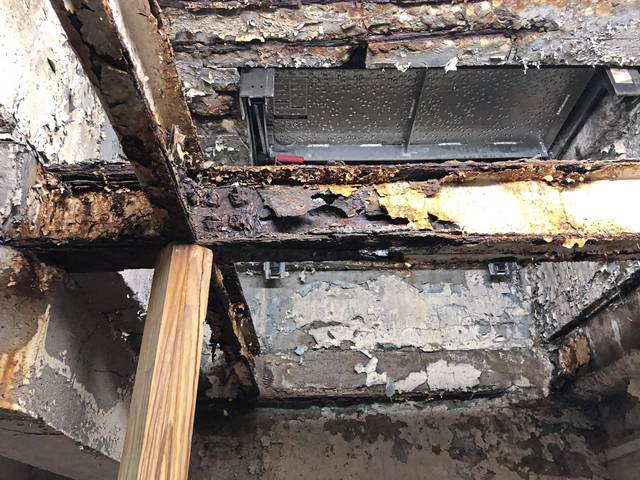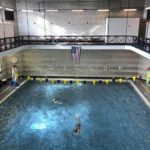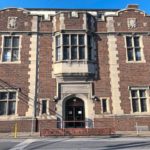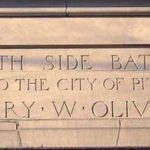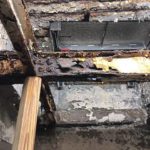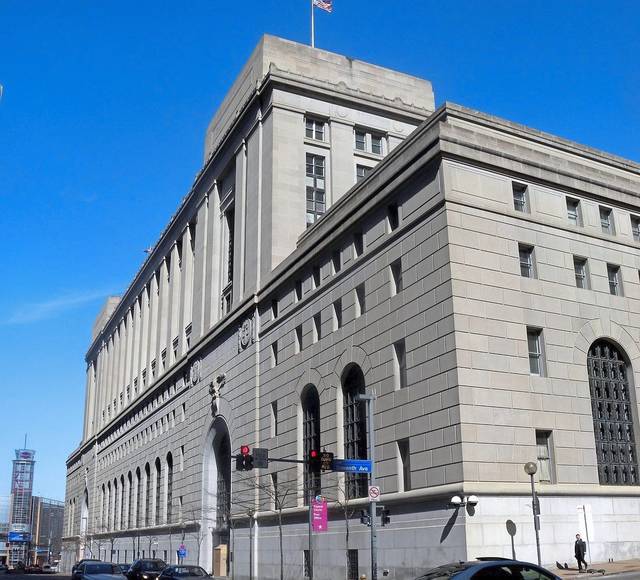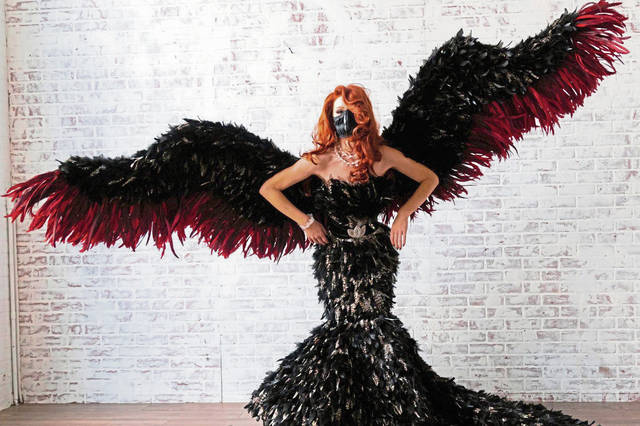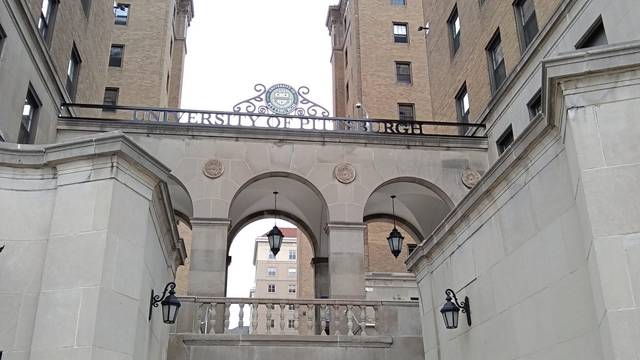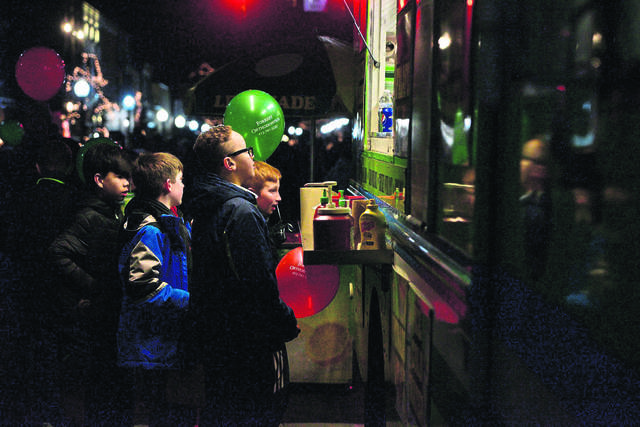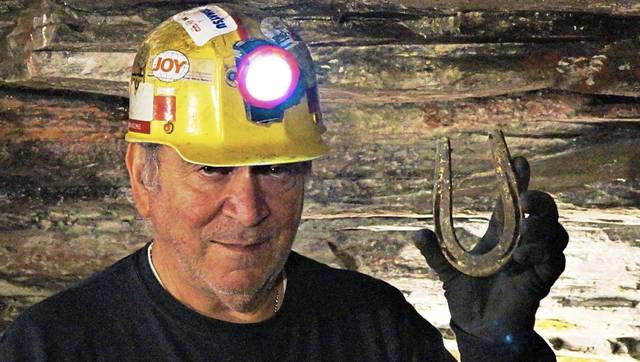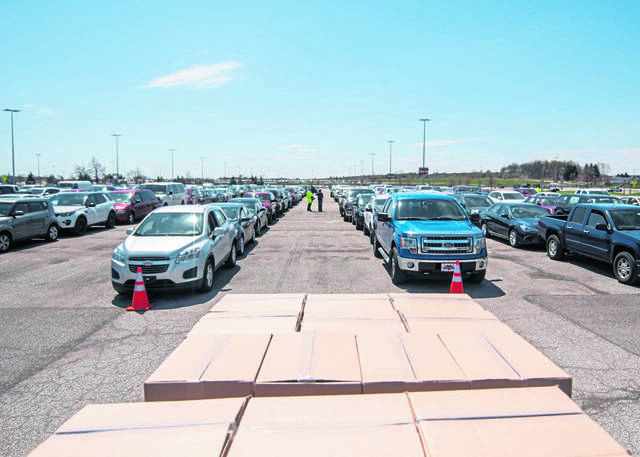Ross residents Dan Kerr and Rick Opiela are regulars at Pittsburgh’s historic Oliver Bath House.
The two friends visit the indoor swimming pool in the city’s South Side neighborhood about twice a week and say it’s well worth the $45 annual pool tag that non-city residents pay to use the facility.
“It’s the greatest deal in Pittsburgh,” Kerr said while leaving the building with Opiela on a recent December morning. “Actually, the staff is probably the gem besides the pool. All the kids and young people are just friendly and nice and really outgoing.”
“See if you can get some money to help fix this place up,” Kerr joked. “They need to work on a million-dollar grant.”
The city has done just that.
Officials will use a $1.4 million state grant to cover half of a $2.8 million renovation of the pool scheduled to start in 2020, according to Chris Hornstein, the assistant public works director. He said plans include a new heating and ventilation system, windows, roof, structural repairs and LED lighting.
“The building is in desperate need of repairs in a multitude of areas,” he said. “We consider it to be one of the city’s historic treasures. We want to be as sensitive as possible while modernizing it for safety and efficiency.”
He said the pool, open seven days a week and closed during summer months when the city’s outside pools are open, would have to close during construction. Hornstein said officials are trying to schedule construction to coincide with the summer closure.
About 100 people per day use the facility, according to Shelley Terlecki, the city aquatics supervisor. She said the city offers a full range of swimming lessons and aquatic programming for all ages and trains its lifeguards at the bath house.
The 104-year-old building on 10th Street was a gift from Pittsburgh industrialist Henry W. Oliver, who promised in a letter to Pittsburgh’s Select Council to provide the property and $80,000 for construction so long as “… the bath shall be free for the use of the people forever.” Pittsburgh has designated the building, which opened in 1915, as a historic landmark.
Few Pittsburgh homes had running water at the time. The building was intended to provide city mill workers a place to bathe and swim.
It is the only remaining public bath house operating in Pennsylvania, and one of the few left in the country, according to Preservation Pittsburgh.
Kurt Huber, a program coordinator for Pittsburgh public works, who has been maintaining city aquatic facilities for 46 years, said men until 1965 swam naked in the pool. Women wore swimsuits, but had to wear caps, he said.
“You had a certain swimming time frame for the men and a separate time for the women,” he said. “They tried to have me wear a cap. I had real long hair in the ’70s.”
The two-story building includes a 40-by-60-foot heated pool, ranging in depth from 3 feet to 8 feet. Lockers, showers, changing areas and restrooms are on the second floor. Interior walls are made of glazed brick. At the top of a rickety staircase is an apartment once occupied by a caretaker. The basement houses pool filter systems and a ventilation system that no longer works.
Huber said the pool originally operated on a “fill-and-draw” system. There were no filters. Water ran continuously into the pool and drained through a gutter to city sewers.
A committee that reviewed a report on Pittsburgh facilities in 2017 recommended that the city sell the bath house because of its maintenance needs.
Problems include condensation dripping from the roof, which also leaks when it rains. The building is humid, and because of bad ventilation, condensation runs down windows and walls and drips from the roof.
The caretaker’s apartment is a wreck from lack of maintenance. Plaster and paint chips from ceilings lie in heaps among holes in the floor. In the basement, steel structural beams are deteriorated. In one area a wooden beam is wedged under a steel steel beam for support.
“As you can see, it’s in need of some serious repairs,” Terlecki said.






